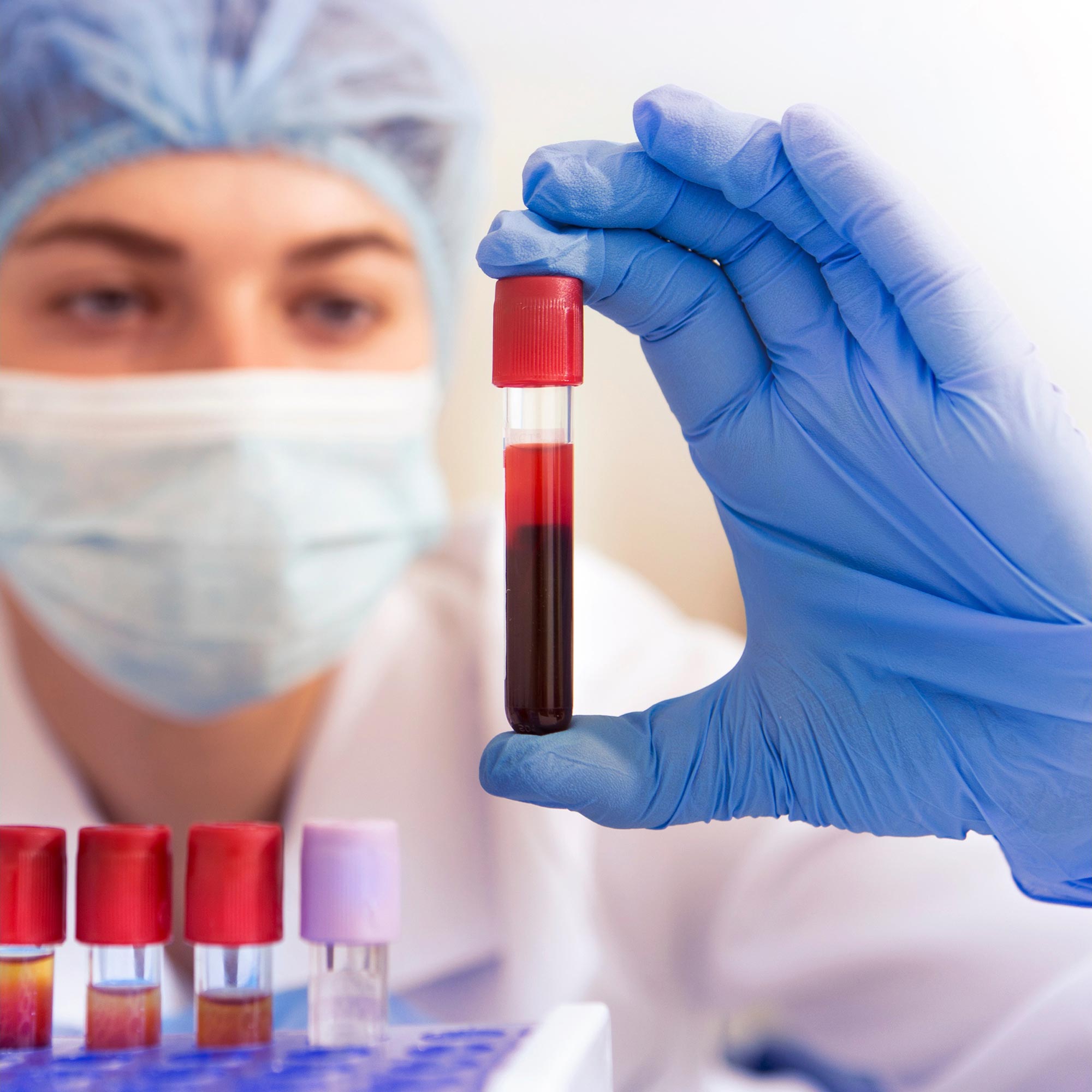A new blood test capable of identifying specific biomarkers for diseases like FTD, ALS, and PSP has been developed in Germany, offering hope for earlier diagnosis and more effective treatments for these serious neurodegenerative disorders.
In a study with 991 adults, German scientists show that the most common forms of frontotemporal dementia as well as the neurological diseases amyotrophic lateral sclerosis and progressive supranuclear palsy can be recognized by blood testing.
Their procedure is not yet ready for routine medical use, but in the long term, it could facilitate disease diagnosis and advance the development of new therapies. The findings published in the journal Nature Medicine are based on the measurement of certain proteins in the blood, which serve as biomarkers.
Overview of Neurodegenerative Diseases
Frontotemporal dementia (FTD), amyotrophic lateral sclerosis (ALS), and progressive supranuclear palsy (PSP) form a spectrum of neurodegenerative diseases with overlapping symptoms characterized by dementia, behavioral symptoms, paralysis and muscle wasting, movement impairment and other serious impairments. In Germany, it is estimated that up to 60,000 people are affected by one of these diseases. Although they are relatively rare, their consequences for health are nevertheless severe.
“As yet, there is no cure for any of these diseases. And, with current methods, it is not possible to reach a conclusive diagnosis of the molecular pathology of these diseases during a patient’s lifetime, since brain tissue must be examined,” explains Prof. Anja Schneider, a research group leader at DZNE and Director of the Department of Old Age Psychiatry and Cognitive Disorders at UKB.
Advances in Diagnostics and Biomarkers
“However, a diagnosis of the underlying pathology is required for the development of therapies and for stratifying patients according to their disease. Only such stratification allows targeted and therefore potentially effective disease-modifying treatments to be tested,” continues Schneider, who is also affiliated with the University of Bonn.
“We now show that PSP, a behavioral variant of FTD, and the vast majority of ALS cases with the exception of a particular mutation can be recognized by blood testing and this also applies to their underlying pathology. Our study is the first to find pathology specific biomarkers.
“Initially, application is likely to be in research and therapy development. But in the long term, I consider it realistic that these biomarkers will also be used for diagnosis in medical routine. However, further studies are required for this. In fact, it would be particularly important to determine how these biomarkers develop longitudinally, that is, over the course of a disease, and how early they rise in the disease course.”
Breakthrough in Protein Detection for Diagnosis
The new blood test, which is based on the measurement of so-called tau and TDP-43 proteins, could provide decisive evidence for diagnosis. There is a particularly strong need for the “behavioral variant of FTD” which was investigated here. This is because the symptoms of this most common type of FTD can be due to two different pathologies – i.e. abnormal processes – in the brain, which can generally only be differentiated by analyzing tissue after death.
Only in those few cases where the disease is genetic can













/https://tf-cmsv2-smithsonianmag-media.s3.amazonaws.com/filer_public/d1/82/d18228f6-d319-4525-bb18-78b829f0791f/mammalevolution_web.jpg)






Discussion about this post